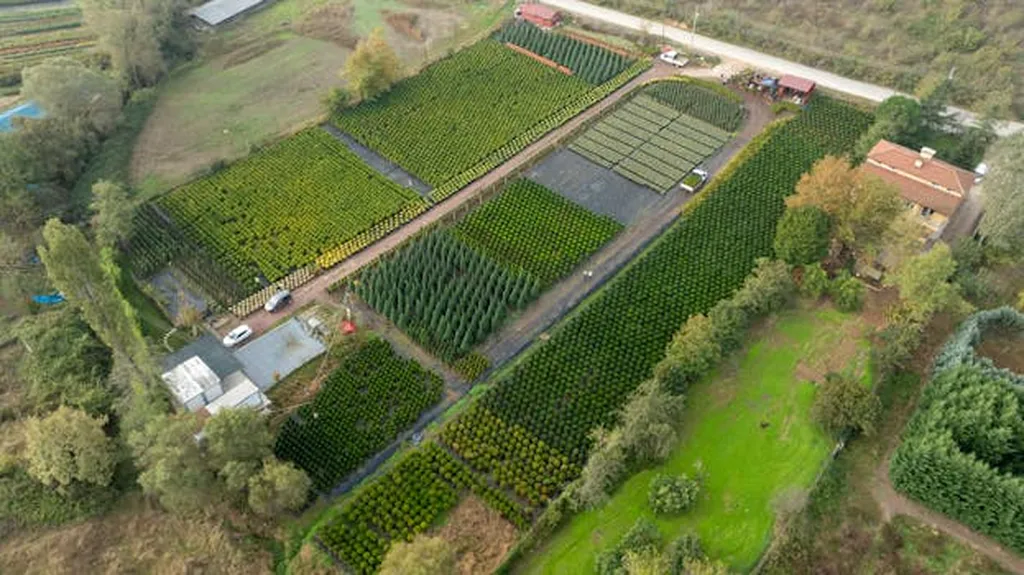In the face of climate change and the pressing need for sustainable agriculture, scientists are turning to advanced genomic technologies to develop stress-resilient cotton crops. A recent review published in *Agronomy* synthesizes the latest advancements in integrative genomics and precision breeding, offering a roadmap for enhancing cotton’s resilience and quality. Led by Zahra Ghorbanzadeh from the Department of Systems Biology at the Agricultural Biotechnology Research Institute of Iran (ABRII), the research highlights how cutting-edge tools are revolutionizing cotton improvement.
The review underscores the complexity of cotton breeding, where traits like yield, fiber quality, and stress tolerance are influenced by numerous genes and environmental interactions. “Recent advances in chromosome-scale genome assemblies, pan-genomics, and haplotype-resolved resequencing have greatly enhanced our capacity to identify causal variants and recover non-reference alleles linked to fiber development and environmental adaptation,” Ghorbanzadeh explains. This breakthrough allows breeders to pinpoint genetic variations that confer resilience to drought, heat, and pests, which are critical for maintaining crop yields in a changing climate.
One of the most promising developments is the integration of CRISPR/Cas genome editing, base editing, and prime editing. These technologies enable precise, heritable modifications of candidate loci across the cotton genome, accelerating the breeding process. “When combined with high-throughput phenotyping, genomic selection, and machine learning, these approaches support predictive ideotype design rather than empirical, trial-and-error breeding,” Ghorbanzadeh notes. This shift from traditional breeding methods to data-driven, precision breeding could significantly reduce the time and resources required to develop new cotton varieties.
The review also highlights the potential of digital agriculture tools, such as digital twins, which combine genomic, phenomic, and environmental data layers. These tools allow breeders to simulate ideotype performance and optimize trait combinations in silico before field validation, further streamlining the breeding process. Speed breeding and phenomic selection are additional innovations that shorten generation time and increase selection intensity, bridging the gap between laboratory discovery and field deployment.
However, the widespread adoption of these technologies faces challenges, including high infrastructural costs and limited accessibility for resource-constrained breeding programs in developing regions. “Reliance on highly targeted genome editing may inadvertently narrow allelic diversity, underscoring the need to integrate these tools with broad germplasm resources and pangenomic insights to sustain long-term adaptability,” Ghorbanzadeh cautions. To realize these opportunities at scale, the review calls for standardized data frameworks, interoperable phenotyping systems, robust multi-omic integration, and globally harmonized, science-based regulatory pathways.
The commercial implications of this research are substantial. Cotton is a vital crop for the global textile industry, and improving its resilience and quality can have far-reaching economic benefits. By developing stress-resilient cotton varieties, farmers can enhance productivity, reduce losses due to environmental stresses, and meet the growing demand for sustainable and high-quality fiber. The integration of advanced genomic technologies into breeding programs can also drive innovation in the agricultural sector, fostering the development of new tools and methodologies that benefit a wide range of crops.
As the agricultural industry grapples with the challenges posed by climate change, the insights and advancements detailed in this review offer a glimpse into the future of cotton breeding. By leveraging integrative genomics and precision breeding, researchers and breeders can develop climate-smart, high-yield cotton varieties that are better equipped to thrive in a changing world. The work of Zahra Ghorbanzadeh and her colleagues not only advances our understanding of cotton genomics but also paves the way for a more resilient and sustainable agricultural future.

